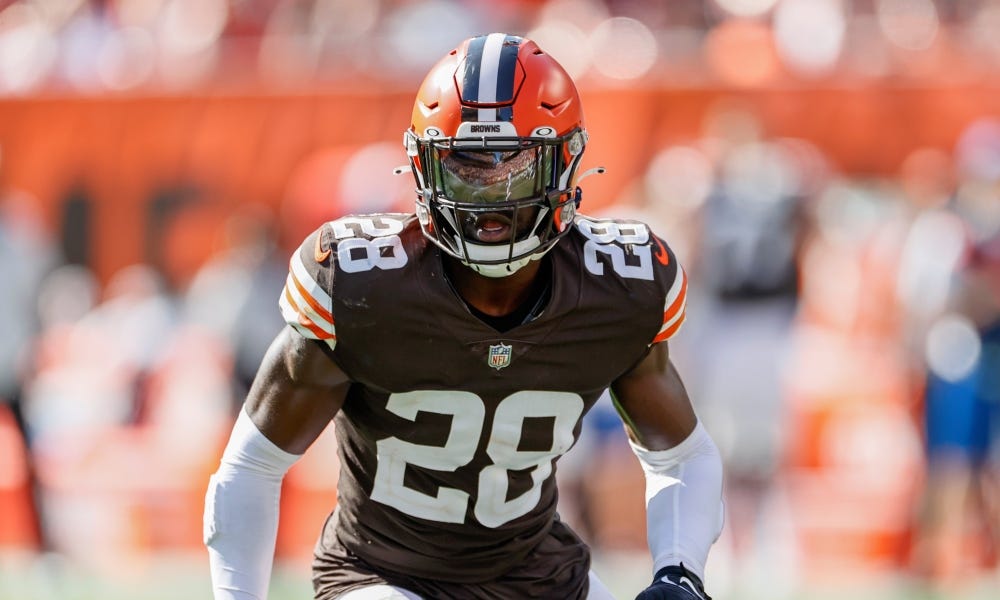A New Generation Of Spies
Quarterback's creating out of structure continues to power the league's most fearsome offenses. A defenses best response: Redefining the role of the 'Spy'.
We live in the era of the off-script creator. Aaron Rodgers, Patrick Mahomes, Kyler Murray, Josh Allen, Justin Herbert, Joe Burrow, Lamar Jackson, and on and on the names roll, quarterbacks who are just as good (sometimes better) when they bounce out of the pocket or are asked to create by themselves outside of the structure of the offense.
Not only does the league features more jazz artists than ever before, but that the trait itself is more valuable. First down (as noted often in these parts) is now an attack-down for defenses. On third down, they’re more liable to slip into the simulated pressures or creepers that have flooded the league — or run with an old-fashioned, organic four-man rush. That means more defenders in coverage, receivers covered for longer. It means a quarterback having to move. It means waiting for someone to uncover rather than playing see-it-throw-it football.
Against good defenses in the playoffs, most offenses need a little extra juice. They need their quar…
Keep reading with a 7-day free trial
Subscribe to The Read Optional to keep reading this post and get 7 days of free access to the full post archives.



